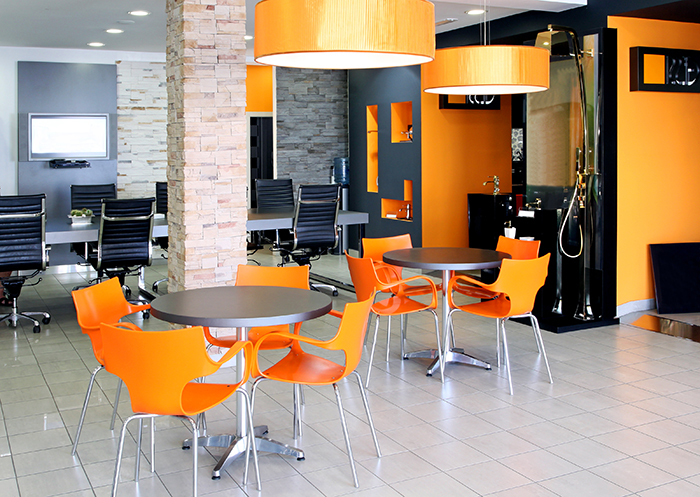In this article, you'll learn:
- Key steps for evaluating an office space, such as neighborhood safety and trial runs.
- Important considerations like outlet counts and internet coverage.
- How to research market rates and assess the rental contract.
- The benefits of using a tenant rep broker for lease negotiations.
You have a lot to do and consider before signing a commercial lease. Review this checklist to ensure that you don't overlook a small detail that can make a huge difference in how satisfied you are with your space.

1. Meet the Neighbors
Stop by the closest offices to your prospective space and introduce yourself. You'll be able to get a feel for how friendly the building is and even perhaps get an inside scoop on tenant satisfaction. Also, peruse the building listing to look for any potential competitors.
2. Stroll the Neighborhood
Walk through the neighborhood and consider how safe you would feel to do so at night. Check to see what businesses are located nearby. Areas with easy access to restaurants, bars and services like dry cleaners and salons will help your team maintain a work-life balance.
3. Do a Full Walk-Through
Walk the path that a visitor would take to your office space. How well do the parking area, lobby, elevators and hallways reflect your brand?

Take a look at any other common areas that your team may have access to.
4. Stage Trial Arrivals and Departures
Try arriving at the building, parking in the lot and heading to your office space during the times of day when your team will be coming to work. Do the opposite around quitting time. Think about whether there is adequate parking and how easy it is to enter and exit the property.
5. Take Some Measurements
Double check that any furniture you plan to move to your new space will fit properly. Make sure that bulky items will fit through any narrow doorways or halls.

6. Count the Outlets
Confirm that the amount of power outlets throughout the office space is adequate for your computers and office equipment while leaving extra plugs for charging laptops and mobile devices.
7. Use Your Smartphone
Try using your phone as you walk through your office space, checking for any dead zones. Have members of your team with different carriers do the same.

You may find that you need a wireless booster installed to ensure full coverage.
8. Conduct an Internet Search
Google the name of your building and your landlord to see what pops up. You may find that the building has been cited for code or safety violations or that your landlord has been involved with questionable business dealings.

9. Assess the Market
Do some market research to find out what the average rental rate is your area and what types of amenities and concessions are common. This will help to give you an edge when you're negotiating your lease.
10. Analyze the Contract
Comb over the rental agreement carefully, making sure that you understand all of the language and clauses.

If you have questions, ask for clarification and request any changes that are necessary to make the document clearer.
As a final tip, consider enlisting the help of a tenant rep broker to assist you with the search and negotiation process. Their knowledge and experience can prove invaluable, and you don't have to pay extra for their services.

Subscribe to our blog for more CRE tips!!







